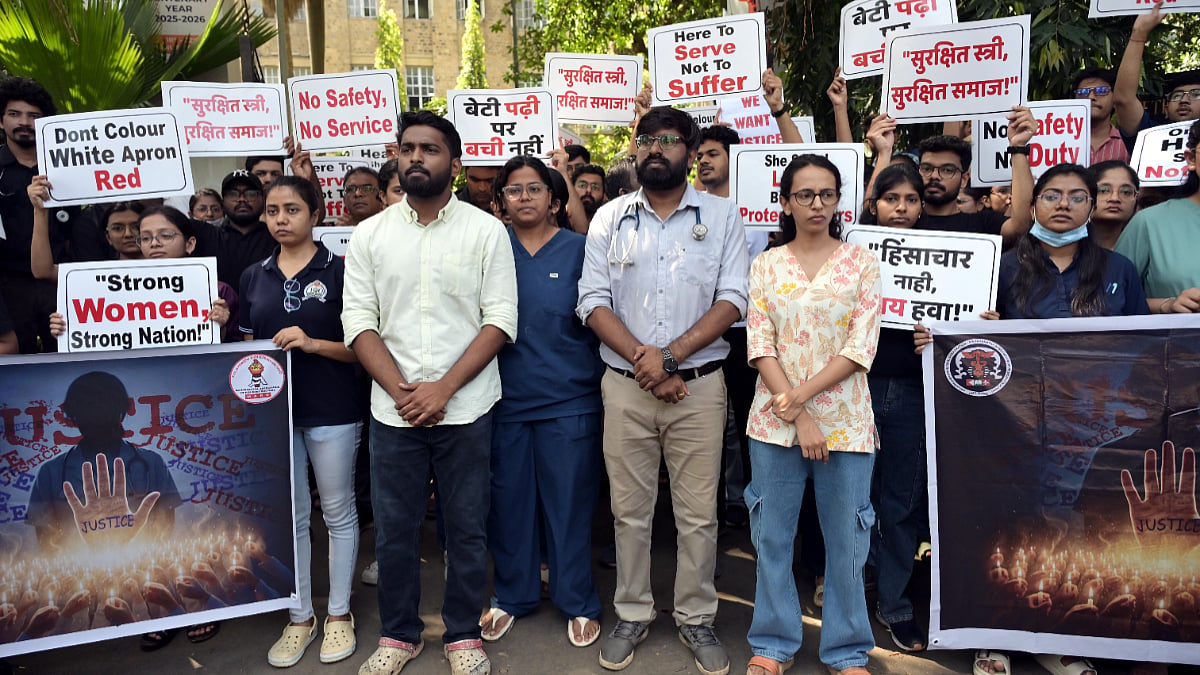The Burning Forest: India’s War in Bastar
Author: Nandini Sundar
Published: 2016
ISBN No: 9789386228000
Pages: 432 pages
Price: Rs 699
Publisher: Juggernaut
“Indeed, if we identify tyranny as the government that is not held to give account of itself, rule by Nobody is clearly the most tyrannical of all, since there is no one left who could even be asked to answer for what is being done. It is this state of affairs which is among the most potent causes for the current… rebellious unrest.” Hannah Arendt, On Violence.
The above quote rightly describes the war in Bastar and the failure of Indian democracy. Underdeveloped and mineral-rich region of Southern Chhattisgarh, Bastar, split into several districts, is one of the most security force-saturated parts of India (besides Jammu & Kashmir and Northeast India). Renowned sociologist and activist, Nandini Sundar chronicles the devastating impact of the conflict between the State vs Maoists and the people and the challenges it poses to India’s claims of successful political and social democratization. Divided into three sections, the book describes Bastar in its state of resistance, its civil war and lastly, the unfair institutions of law that are governed by the incorrect rhetoric of development and security. The author provides a useful “timeline” to contextualize the matter. She explains the oppression in Bastar dating back to 1910 when Adivasis rebelled against colonial oppression, 1947, when the newly independent state assimilated the Adivasis into the “new nation” keeping intact the spirit of old colonial laws, 1967, the uprising of Naxalbari which created hope for young men and women to take armed conflict to 1980s, when CPI(ML) left Telangana to fight injustice in Bastar. But after the liberalization of the mining sector in 2003, the Maoist control was realized by the Indian state as the biggest impediment to the exploitation of Bastar’s mineral resources by public-private partnerships. Thus, by 2005, the Maoists were branded (by the former prime minister Manmohan Singh) as the “Biggest Security Threat to the Indian State.”
The first section and second section of the book records the perils of resistance and the nature of civil war. The book documents the extreme violence and the unjust methods of the state to gain control over the region with focus on the Salwa Jundum, a paramilitary militia formed in 2005. The Judum accompanied by security forces would march on villages and attempt to force inhabitants to relocate into roadside camps. This was similar to the counter-insurgency strategy used by the British in Malaya and the Americans in Vietnam. The aim was to damage the Maoists’ source of food, shelter, intelligence and recruits. This had disastrous effects on Bastar. The process of forced removals included the worst human rights violations including burning of villages, food, land, killing of protestors and sexual assaults. Apart from starvation and relocation in uninhabitable spaces, the inhabitants were frequently subjected to brutal violence at the hands of the Salwa Judum. Those who refused to live in the camps were assumed to be Maoists. Most could not return to the villages, many migrated to other states and some tried to live in forests without being detected. Local Adivasis, many of whom were under sixteen, were recruited into the rank and file as Special Police Officers (SPOs). Few had genuine grievances against the Maoists, but most signed up because of coercion or poverty. Some SPOs rose to become powerful leaders in their own right gaining huge amount of money from extortion and corruption. After a PIL by the author and eminent historian Ramchandra Guha, the Supreme Court (in 2011) ordered the disbanding the Jundum. Yet, subsequently, under the BJP led government, atrocities continue as the Jundum recruits are regularized within the police superstructure!
An important contribution of the book is also it’s sympathetic yet, the critical approach in analyzing the civil struggle led by the Maoists. Through anecdotes and recordings of personal narratives of affected people, the author archives the daily perils of the Adivasis in the face of most inhuman form of oppression. She also chronicles the genesis of the struggle and the plight of the displaced people caught between the state and the Maoists. On one hand, the Maoists’ played the role of a counter-hegemonic force who helped villagers from the repression of the Indian state and the forest department. The other role played by the Maoists was a militaristic one seeking to restrict the state by not allowing the welfare efforts of the state roads, rations and other measures to reach these areas. The author suggests that this approach, in addition to repression by the state, endangered the already precarious lives of the Adivasis, many of whom were forced to migrate. The civil war between the paramilitary forces such as the CRPF and the Maoists has led to violence of the most brutal kind where Adivasis suspected to be members of the associations sympathetic to Maoists have been killed and women indiscriminately raped. Migration, displacement and reduction in welfare facilities of health and education are few other consequences. Yet, in spite of instances of extreme violence and the corrupt nexus between the police, corporates and Maoists, the author also acknowledges that the struggle represents hope and the spirit of resistance among the marginalized to fight for their rights.
The Burning Forests is also an account of the flawed nature of the Indian justice system (detailed in the third section of the book). The author details how the police allowed Salwa Judum to operate with liberty, made no effort to intervene to stop crimes or punish the perpetrators of violence. A reckless harassment of people, several Adivasis tortured, arrested arbitrarily and abused for supposed links with the Maoists. The book also explains the inefficiency of human rights organizations in bringing justice to the region. Open violation of legal and humanitarian principles and bizarre forms of oppression also came to light with the arrest of Binayak Sen and Soni Sori. The book is radical in exposing and detailing ways in which the state has failed the Adivasis of Bastar. Though limited to Bastar, the claims of the tyranny of Indian democracy is relevant to other parts repressed under armed forces “protection” (like central India, Kashmir, North East). While India is projected as one of the fastest growing economies in the world, this growth is achieved at the expense of some communities. The author clearly states legitimization of corporate and political greed and legal indifference as the root cause of the problems that she describes. The book will interest academicians, students and anyone interested in understanding the genesis of the conflict in Bastar as well as understanding successful democracy beyond economic liberal development and political security. Though it seems that the book ends on a bleak and gloomy note, The Burning Forest, in fact, appears as a plea to counter the oppressive use of might by state and address the erosion of common world, reason and constructive power, because this erosion is the breeding ground of violence.









